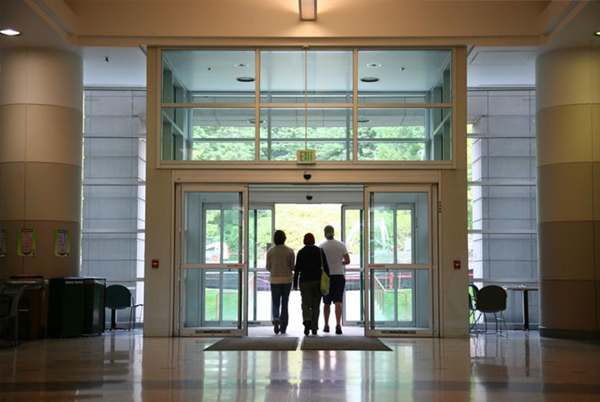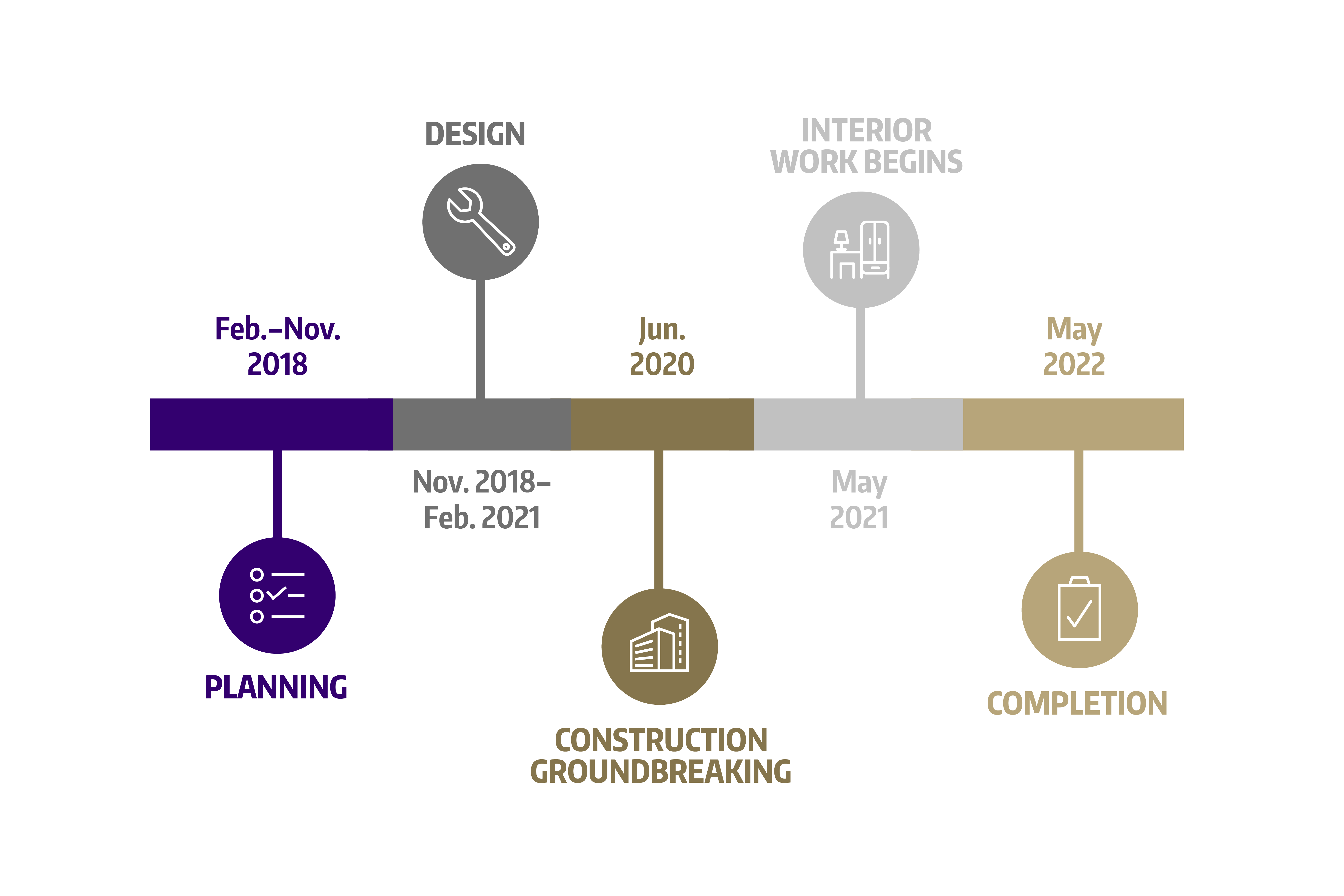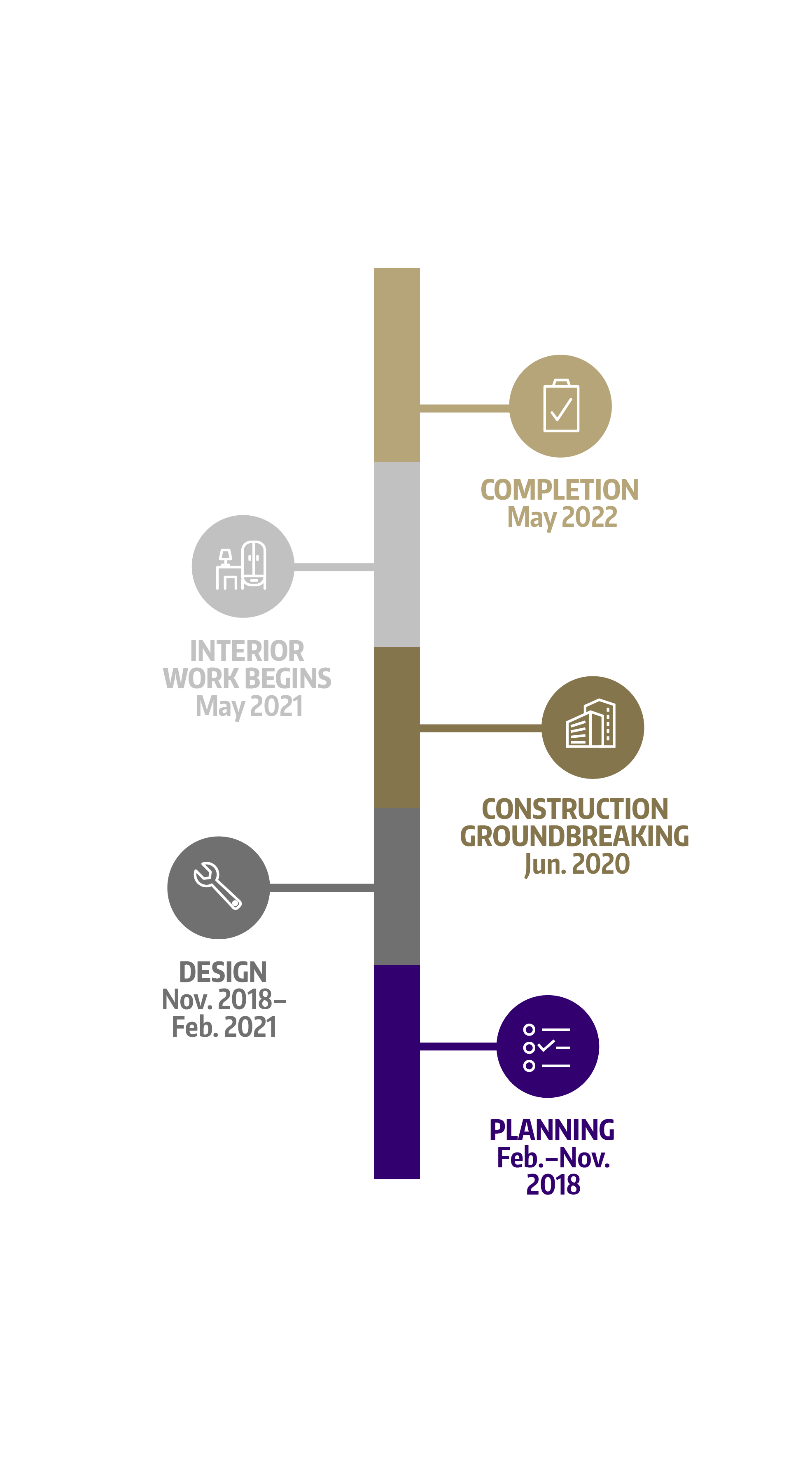THE NEED FOR NEW FACILITIES
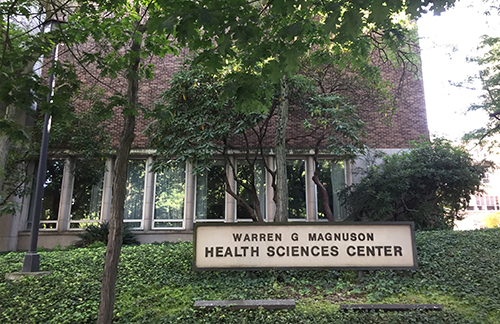
Built in the 1960s, the Magnuson Health Sciences Building — the UW’s current health education facility — reflects the construction and instruction standards of a different era: large classes, with teachers moored behind a lectern at the front of the hall.
That style of pedagogy is a thing of the past.
Modern medical training still relies on teachers, but it also requires suitable facilities with flexible spaces that allow for 21st-century teaching techniques, including small-group work, discussion and interaction. Health care increasingly must be delivered with an interdisciplinary approach, to reduce costs and improve patient care and experience — and training for this integrated model must begin in the classroom.
The new building would also address a lack of access to modern technology, an issue often raised in our accreditation reviews. Today’s health sciences programs depend on technological tools, such as computer simulations and augmented and virtual reality. Additionally, many of our students work and learn throughout the five-state region of Washington, Wyoming, Alaska, Montana and Idaho, requiring distance-learning access and technology. Despite being located in Seattle, one of the world’s leading technology hubs, the UW’s current health sciences facilities lack adequate technological capabilities to support these modern educational methods.
Outside view of the current Health Sciences building
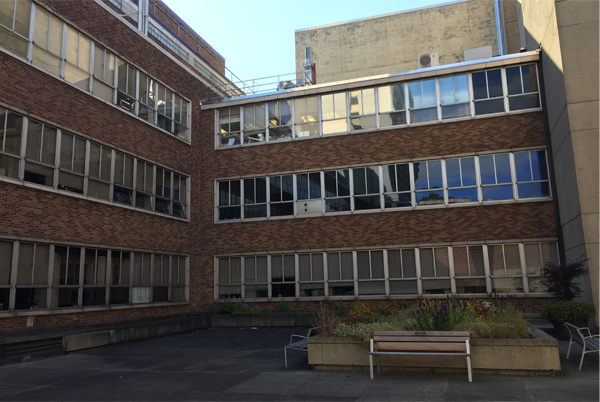
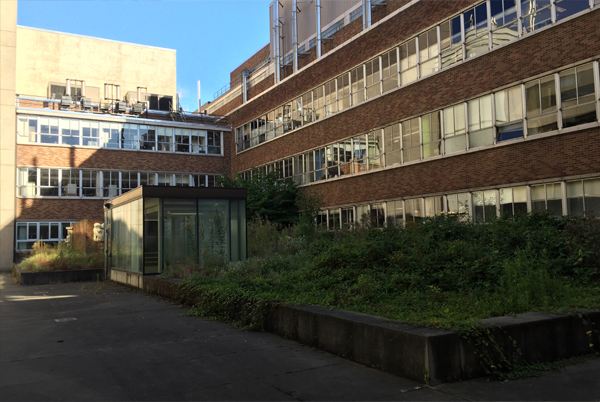
Inside view of the current Health Sciences building

